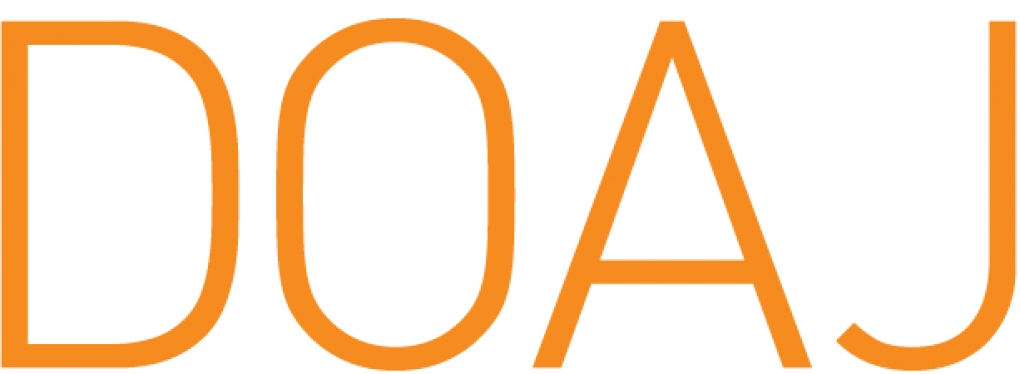Asymmetries and Approaches to the Education Problems of the Indigenous Youth from the Central Highlands of Ecuador
Main Article Content
Abstract
Objective: to analyze the changes and transformations that have occurred in the socio-educational practices of indigenous youth from the Central Highlands
of Ecuador.
Methodology: this research includes quantitative and qualitative approaches
and methods. The qualitative approach predominates because of the continuous application of ethnographic approaches, which were followed with 104 communities in three provinces of the Central Highlands (Cotopaxi, Tungurahua and Chimborazo). Thematic interviews were conducted with leaders,
parents, school teachers and youth of the studied communities.
Results: tensions within the communities were revealed at the time of evaluation and consideration of the attained achievements, especially from the admission of the education system to the community life. This was evidenced because the produced transformations and asymmetries are new and divergent compared to those of the community practices.
Conclusions: the admission of the community youth to the education system causes cultural changes in family and community relationships, extending and strengthening the asymmetries of the community life.
How to Cite
Downloads
Metrics
Article Details
Education system, youth, indigenous community.
Bourdieu, P. y Passeron, J. C. (1996). La Reproducción. Elementos para una teoría del sistema de enseñanza. México: Ed. Fontmara.
Bourdieu, P. y Passeron, J. C. (1996). Cuestiones de sociología. Madrid: Istmo.
Cerbino, M. (2000). Culturas juveniles, cuerpo, música, sociabilidad y género. Ecuador: Abya Yala. Editorial.
Cerbino, M. (2004). Pandillas juveniles, cultura y conflicto de la calle. Ecuador: Abya Yala. Editorial.
Cerbino, M. (2008). Otras naciones, jóvenes, transnacionalismo y exclusión. Ecuador: FLACSO y Ministerio de Cultura.
Dávila, O., Ghirardo, F., y Medrano, C. (2008). Los Desheredados: Trayectorias de vida y nuevas condiciones juveniles. Santiago de Chile
García, N. (2000). La globalización imaginada. México: Paidós.
Goetz, J.P. y Lecompte, M. D. (1988). Etnografía y diseño cualitativo en investigación educativa. Madrid: Ediciones Morata.
Not, L. (1997). Les pedagogies de la connaissance. Toulousse: Ed. Privat.
Obeerem, U. (1979): Indios libres e indios sujetos a haciendas en la Sierra Central ecuatoriana a fines de la colonia. En I,Haus Volker und Kulturen Amerikanische Studien. St. Augustin.
Pérez, J. A. (2008). Teorías sobre la Juventud. Las miradas de los clásicos. México: Ed. Porrúa.
Sánchez, J. (2007). El movimiento indígena ecuatoriano. Quito: CAAP.
Sánchez, J. (2002). Crisis en torno al Quilotoa. Mujer, cultura y comunidad. Quito: CAAP.
Sánchez, J. (1993). Transformaciones socioculturales y educación indígena. Quito: CAAP.
Sánchez, J. (1989). Faccionalismo, organización y proyecto étnico en Los Andes. Quito: CAAP.
Sánchez, J. (1984). La trama del poder en la comunidad andina. Quito: CAAP.
Sánchez, J. (2009) Qué significa ser indígena para el indígena. Quito: Abya yala.
Stephen, J. (Comp.). (1994). Foucault y la educación, disciplina del saber. Madrid: Morata.
Unda, R. (2010). Jóvenes y juventudes. Acción, representaciones y expectativas sociales de jóvenes en Quito. Quito: Abya Yala.
Unda, R., y Muñoz, G. (2011). La condición juvenil indígena. Elementos iniciales para su construcción conceptual. Última Década 34.
Once the manuscript is approved, the authors should file and sign the Right Transfer Format.












